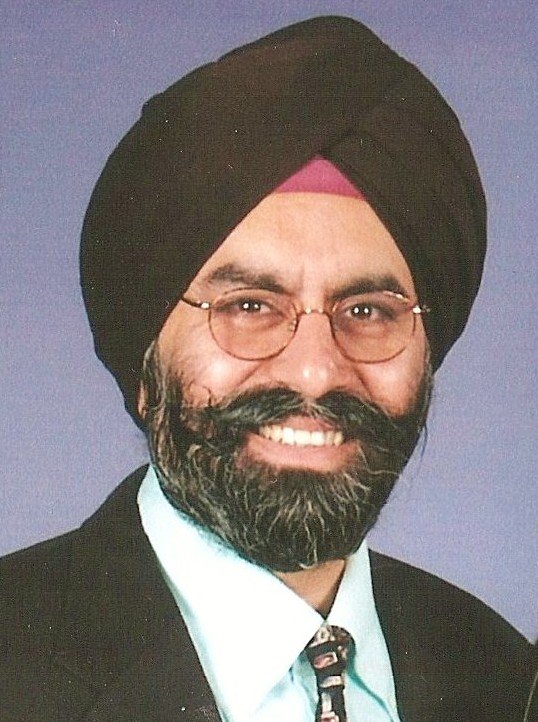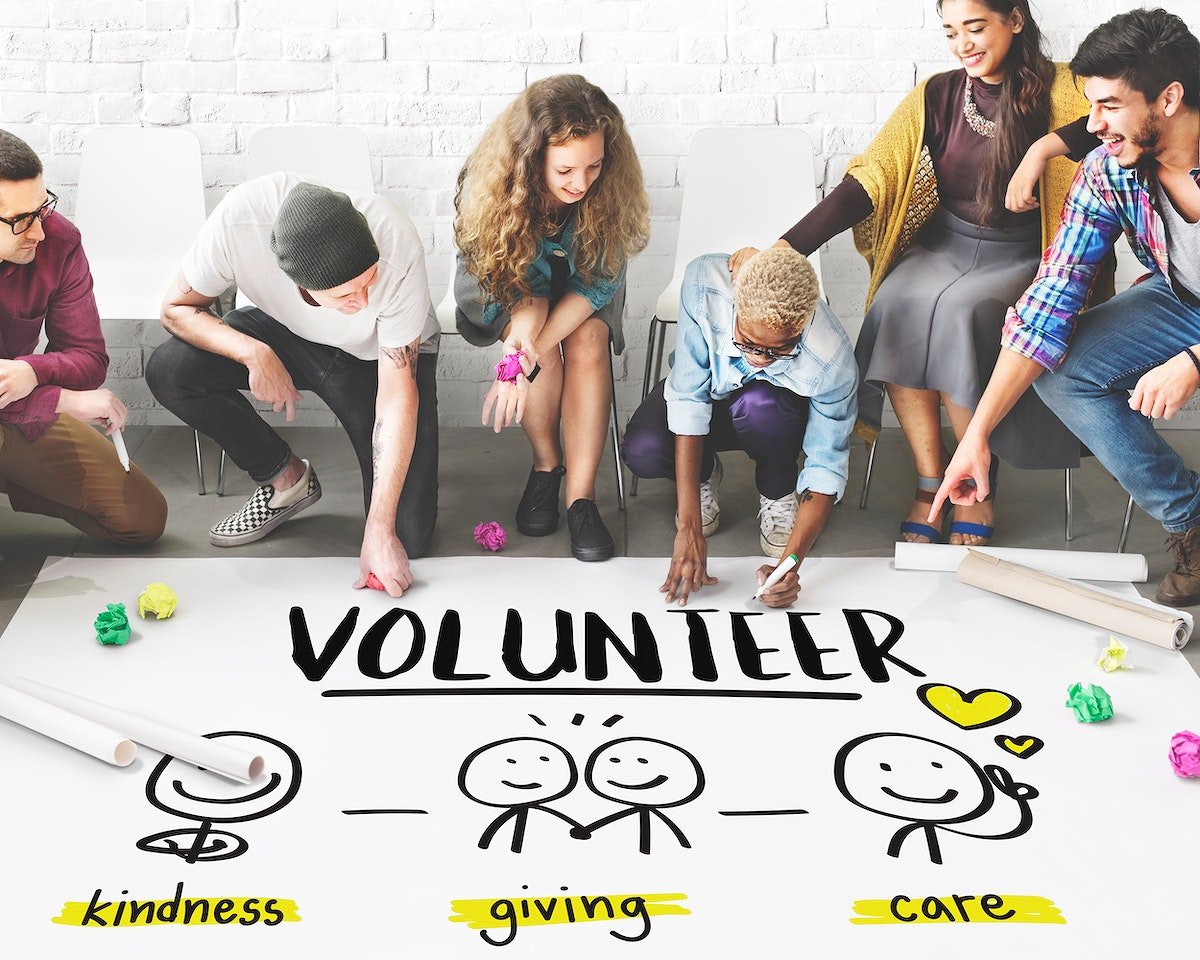Nonprofits Are The Secret Weapon Of United States
By Navneet S. Chugh

The Economist refers to the United States as “an NGO with nuclear bombs”. The US and state governments spend mind-boggling amounts on helping people, with one out of every two people in the United States receiving some form of financial assistance from the federal government. In addition to this large NGO, there is also a super-secret weapon in the form of 1.5 million small, deadly missiles.Here are some enigmas about these powerful and astounding nonprofits in the US:
1. There are 1.5 million charities/non-profits in the US.There are around 10 million nonprofits worldwide. So, about 15% of the world’s nonprofits are based in the United States.
2.These charities are as much a marvel of the United States as capitalism, Fortune 500, democracy, and law and order.
3. One out of 10 people in the United States work for a nonprofit. It may seem shocking at first, but most hospitals and colleges are nonprofit organizations. The nonprofit sector is the third largest employer in the US. Many nonprofit employers, such as Goodwill, State University of NY, and the California Community College system, employ over 100,000 employees.
4. In every relevant city, five out of the ten largest employers are nonprofits. For example, in Boston, 20 of the top 25 employers are nonprofits.
5. Americans donated $500 billion to these 1.5 million charities last year. 70% came from individuals, 5% from corporations, 15% from foundations, and 10% from bequests.
6. The $500 billion given to charity last year was spent on religion (30%), education (14%), helping the needy (12%), healthcare (10%), international giving (6%), art and culture (5%).
7. In addition to donations, these 1.5 million nonprofits charged fees to patients or students, generating $700 billion in revenue last year. The total revenue of nonprofits in the United States was 2.62 trillion as of 2016, which has doubled over the past decade. A chunk of this revenue comes as grants from the US government and from charging the US government for providing healthcare to seniors and the poor.
8. Collectively, the GDP of these 1.5 million charities is $1.15 trillion. Just this nonprofit sector GDP of $1.15 trillion is more than the national GDP of 185 of the 200 countries on the planet.
9. These nonprofits are an economic engine, and like any other business, consume goods and services in their operations. The nonprofits require desks, chairs, computers, offices, and supplies, which generates revenue for the companies that make these goods and services, thereby generating economic stimulation. By hiring employees and giving them a salary, nonprofits indirectly promote perpetual other aspects of the economy. When people have money, they spend it. They pay mortgages, buy furniture and make car payments. When they can, surplus funds go to clothes, jewelry, restaurants, and vacations.
10. The revenue of several charities in the USA is over $5billion, for instance, Mayo Clinic at $19.8 billion,New York Presbyterian $11.3 billion, Mount Sinai $9.2 billion, Memorial Sloan Kettering $7.7 billion, Goodwill $7.4 billion,YMCA of USA $7.4 billion, Salvation Army $5.8 billion, Bill & Melinda Gates Foundation$5.6 billion, and Cedars Sinai $5.2 billion. As a comparison, the combined revenue of the 3.6 million nonprofits in India is less than $5 billion.
11. The 1.5 million charities collectively raise $1.4 billion every day of the year to reach the $500 billion in giving for the year.
12. To raise this kind of money, everything under the sun is done. Various governments are approached; foundations are chased; HNIs are hounded; corporations are rushed; email and letter campaigns are launched; every ounce of social media is utilized; endless events of all types are held—from cookie sales to walks, runs, lecture series, entertainment events, small get-togethers to big galas. Almost every kid in high school is involved in some charity fundraising, and every adult at work is approached in some way, shape or form. On weekends, the religious institutions don’t leave you alone.
13. Two hundred thousand people in the country have a job that entails fundraising for a nonprofit, and the average salary of these 200,000 fundraising people is $62,500. Harvard employs 500 people in its fundraising department.
14. Harvard deserves another line as the epitome of what a nonprofit missile can do to a country. Founded in 1636 as Newton College, its name changed to Harvard when John Harvard donated $1,285 and died soon thereafter. Today, Harvard has $50 billion in its savings account. One-third of its annual expenses come from the earnings on this endowment. It has 21,000 students, 31,000 employees, over a million graduates, eight presidents, and an unenviable slice of the Fortune 500’s 10,000 CXOs. Seventy percent of the students receive financial aid from the university and do not pay full tuition. Shockingly, the story has just begun, as Harvard is now raking in over $1 billion in new donations every year, and since inception it has earned a 11% return on its endowment.
15. There is no better ecosystem than this: One person’s money is given to a nonprofit, the government gives a tax deduction to the donor, the nonprofit hires employees to render services, the nonprofit employees get jobs, and a random stranger, a fifth person, receives the benefit. All of this happens without government intervention, bureaucracy, waste, politics, corruption, or favoritism. People are helping each other, thereby increasing the culture of giving, assisting, taking care of each other, taking care of our community, taking care of our country, and inculcating a sense of self-sufficiency, self-reliance, and self-governance while evoking self-realization in every single person involved in the process.
16. These US charities are doing as much work as the federal and state governments in the country. Art, music, hospitals, junior colleges, universities, all religious activities, disaster and emergency aid, and food for the poor are all in the hands of nonprofits. In most other countries, the government must do most of this work which the nonprofit ecosystem in the US is doing.
17. Nonprofits have become essential components of the American society, playing a significant role in strengthening the communities they serve. They bring awareness to important social and political issues, confront problems that the government can’t solve, and unite communities in their area with common goals and ideals. Nonprofits are also essential in helping those less fortunate, working with groups or individuals who are unable to help themselves. Faith-based organizations, for example, not only work with people’s spiritual needs, but they also provide physical necessities such as housing, food, and clothing. By serving the community directly, nonprofits foster civic engagement and leadership, drive economic growth, and strengthen the fabric of our communities. Most cultural centers, museums, parks, and performing arts centers are also nonprofit organizations that attract businesses, employees, and tourists alike and create vibrant urban centers.
18. The tenth largest charity in the US, Catholic Charities, proudly claims on their website, “Next to the federal government, Catholic Charities is the largest US social-safety-net provider.”
19. All of this has created an ethos of giving time in addition to money. Two out of three Americans give dollars to charity, and one out of four people give time to a nonprofit. 65 million Americans volunteered for a nonprofit last year. The average time per volunteer was 128 hours in 2021, and the value of this volunteer time was $200 billion. Not surprisingly, adults who volunteer and who engage in hours of volunteering report higher levels of well-being.
20. We humans come together politically and form local and national governments to create a society. Afterwards, we have two Kennedy choices. We can either sit on our sofa, watch television, and ask what the country is doing for us. People who are cheerier in life go out with their friends and see what they can do for theirneighborhood, and fix it. There is no problem in this world that cannot be fixed. Millions of cheerful hours and billions of dollars later, America’s nonprofit sector has created a parallel government that works quietly in an unbelievably remarkable fashion. There is a lot of noise in the world about everything the USA does, but very little noise about the secret weapon of the United States – the nonprofit sector.
(Navneet S. Chugh is managing partner of Chugh, LLP, a law and CPA firm. He may be reached at navneet@chugh.com)






Matra Majmundar
/
Navneet Chug- hi! Indeed a brilliant article to inform awareness of volunteerism in the USA. Non-profit institutes in the USA are professional, cost-effective revenue generating, and empowering. I thoroughly enjoyed volunteering for various non-profit organizations last 45 years.
March 21, 2023Matra Majmundar- a volunteer.
iyer
/
A big Thanks to Mr. Chug for educating the relevance of non-profit(s). They can be vehicles for doing good and conversely for perpetrating social/economic damage to other institutions and countries.
April 18, 2023